

Max Davies
How Audi, BMW, Honda, Mercedes-Benz, and Suzuki started out in Australia, and where they are now
7 Hours Ago
Automotive designer Marcello Gandini passed away last week, and his influence is still felt in everything from the Polo through to supercars.

Journalist
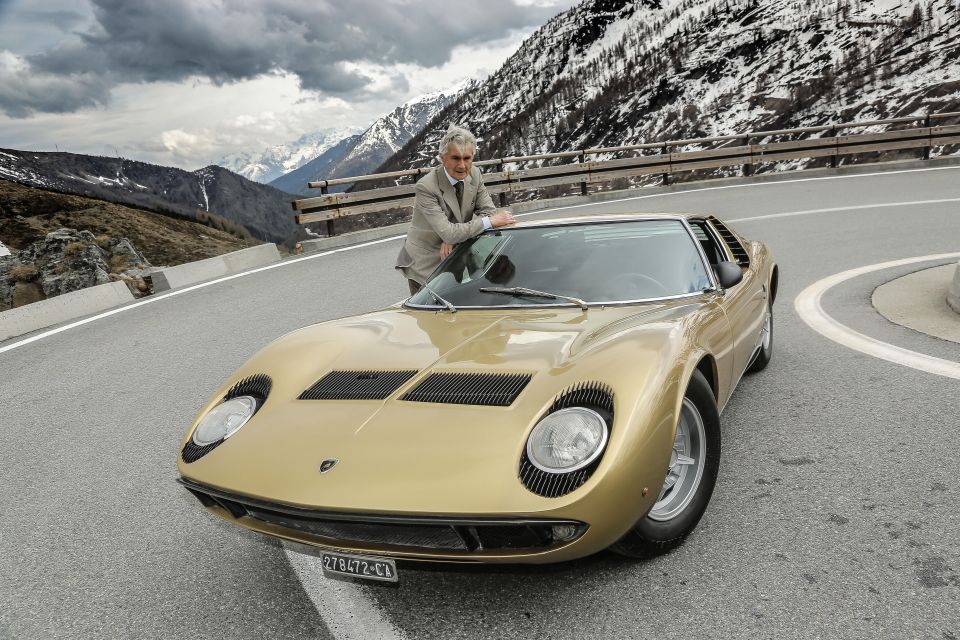

Journalist
Marcello Gandini, arguably one of the greatest automotive designers of all time, passed away last week. Even if you don’t know his name, it’s almost certain you know his cars.
Born August 26, 1938 in Turin, Gandini left school at the age of 18 to pursue a life in automotive engineering and design. At first he modified hill climb vehicles, and later began work as a freelance designer.
In late 1965, at the age of just 27, Gandini was hired by Nuccio Bertone, founder and owner of the design firm Bertone, to replace Giorgetto Giugiaro as the company’s head of design.
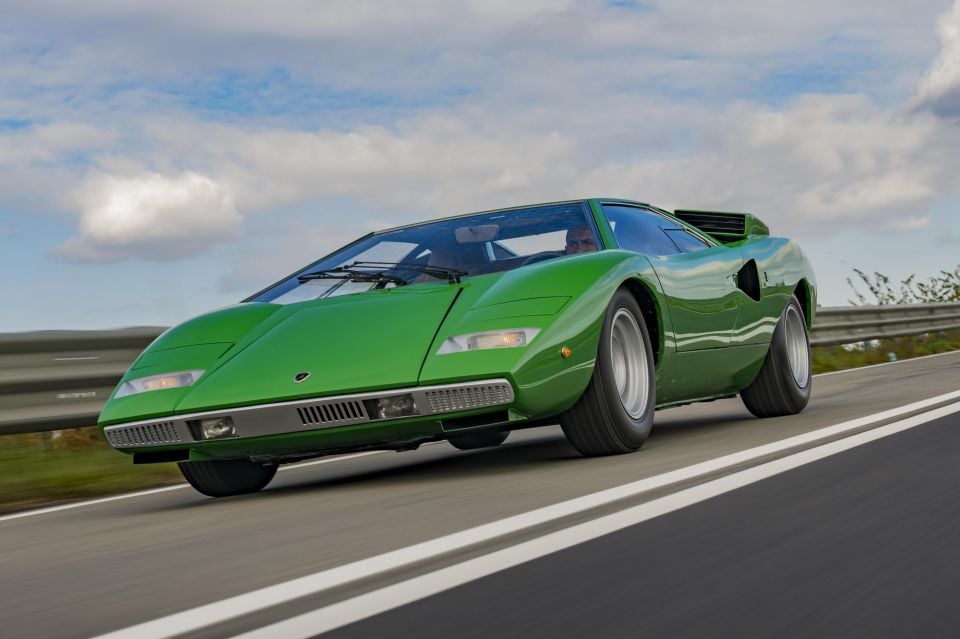
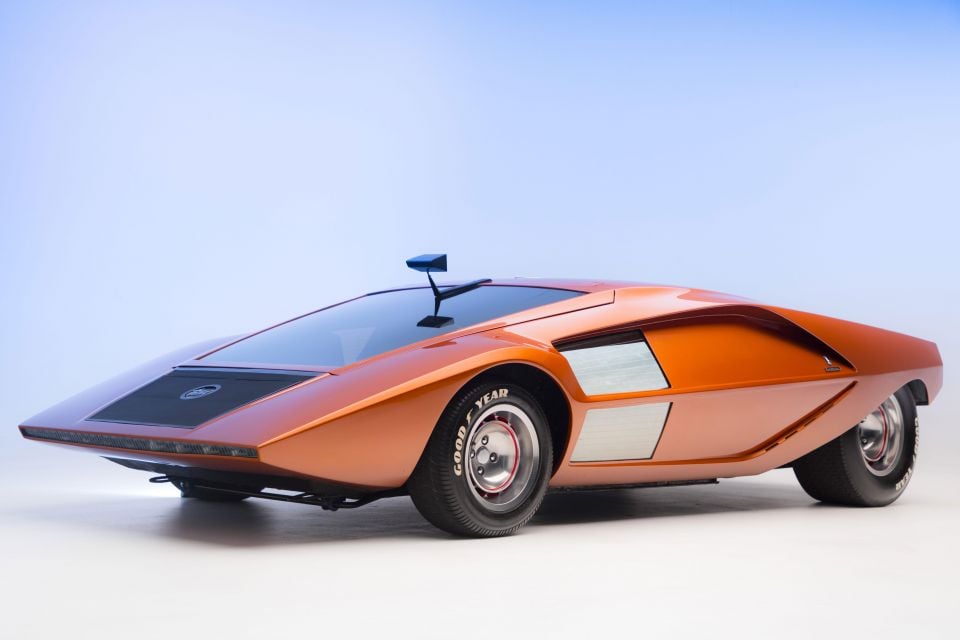
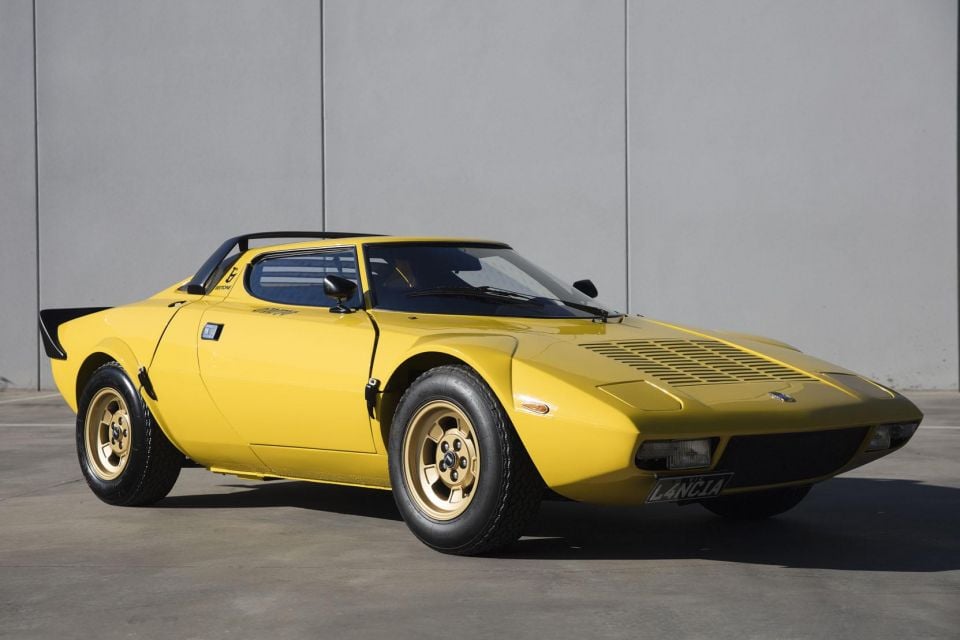
The next year, the Lamborghini Miura was launched. Not only did it feature a gorgeous Gandini-designed body, but it was also the first modern supercar to use the mid-engine layout.
While the Miura still had similar proportions to its front-engine competitors, Gandini’s 1970 Lancia Stratos Zero concept and 1974 Lamborghini Countach launched the “Italian wedge” shape that’s still the standard for mid-engine supercars.
His other innovations include the wraparound windscreen, first seen in the 1971 Lancia Stratos HF concept and the 1973 production car, and the scissor doors, which made their debut on the 1968 Alfa Romeo Carabo concept and entered production with the Lamborghini Countach.
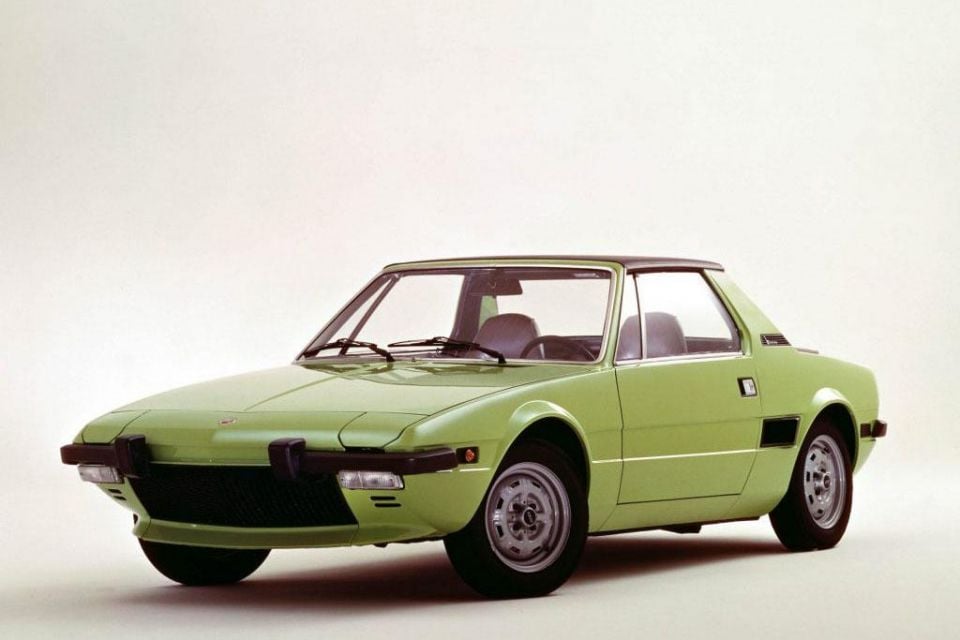
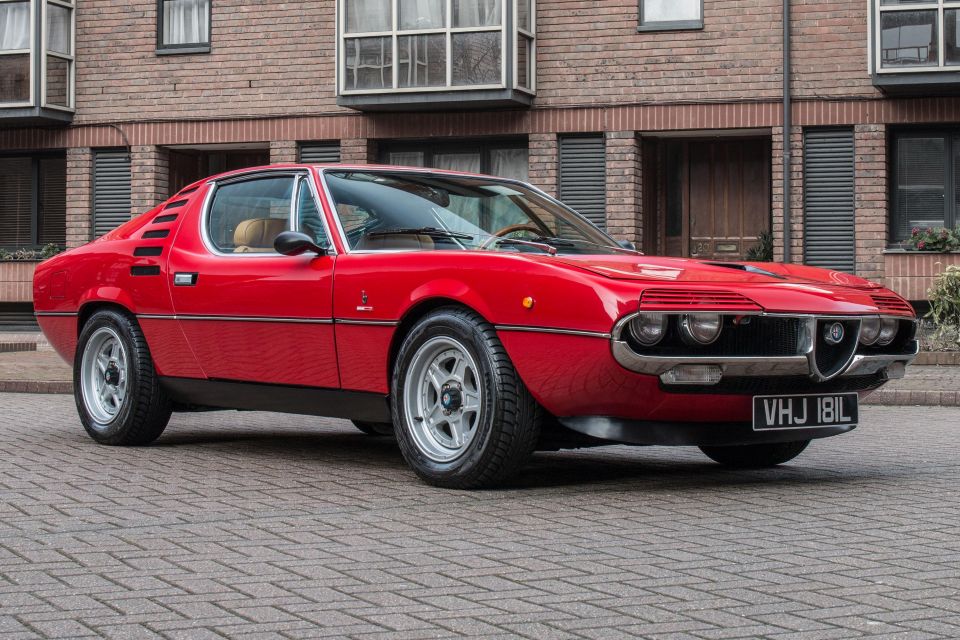
Gandini also worked on vehicles that were more affordable, too. While the 1972 Fiat X1/9 mid-engine sports car built on his experience with high-priced supercars, others reached a far broader market and some of the nameplates continue to this day.
After designing the 1970 BMW 2200ti Garmisch concept, Gandini worked with BMW to pen the first-generation 5 Series. Although the first 5 Series used many of the elements from the Garmisch, the concept’s hexagonal kidney grille was a step too far for the German brand.
In 1974 Audi launched the Gandini-designed 50, which was later rebadged as the Volkswagen Polo. With Audi told to focus on larger and more luxurious vehicles, the 50 was axed in 1978 while the Polo lives on to this day.
His designs for the 1977 Reliant FW11 and 1979 Volvo Tundra concept directly influenced the Bertone-designed 1982 Citroen BX.
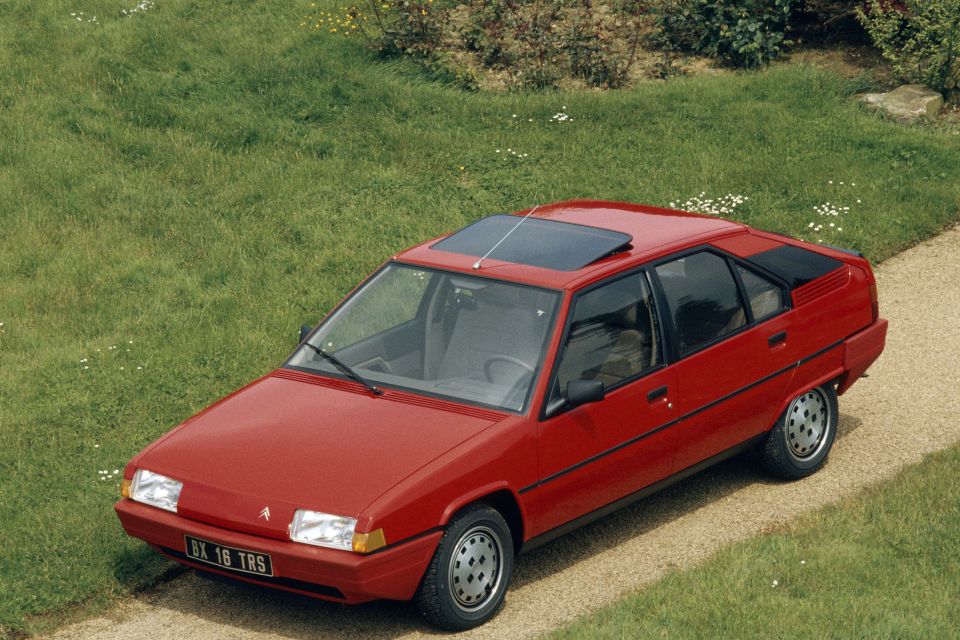
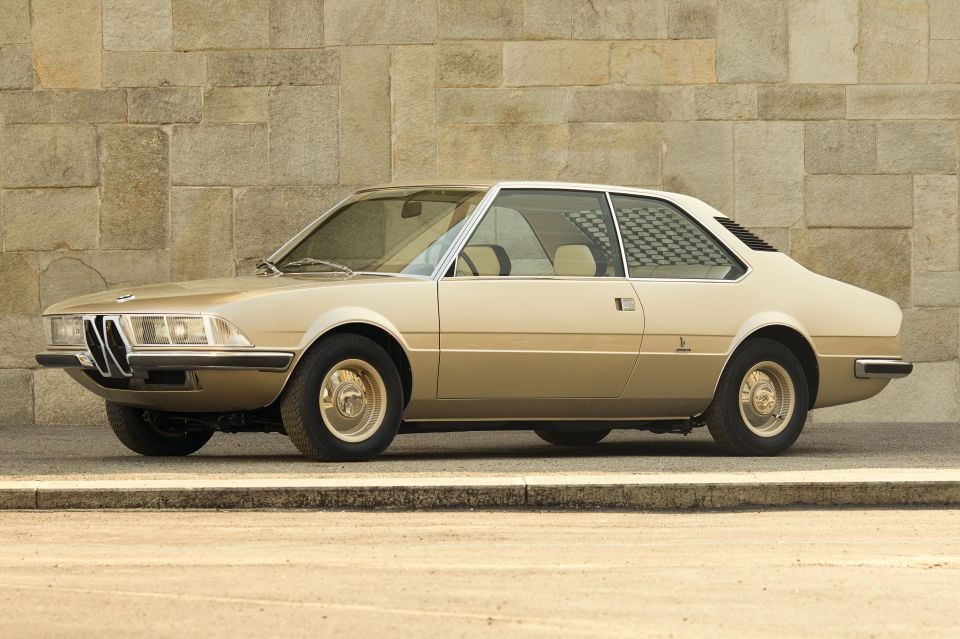
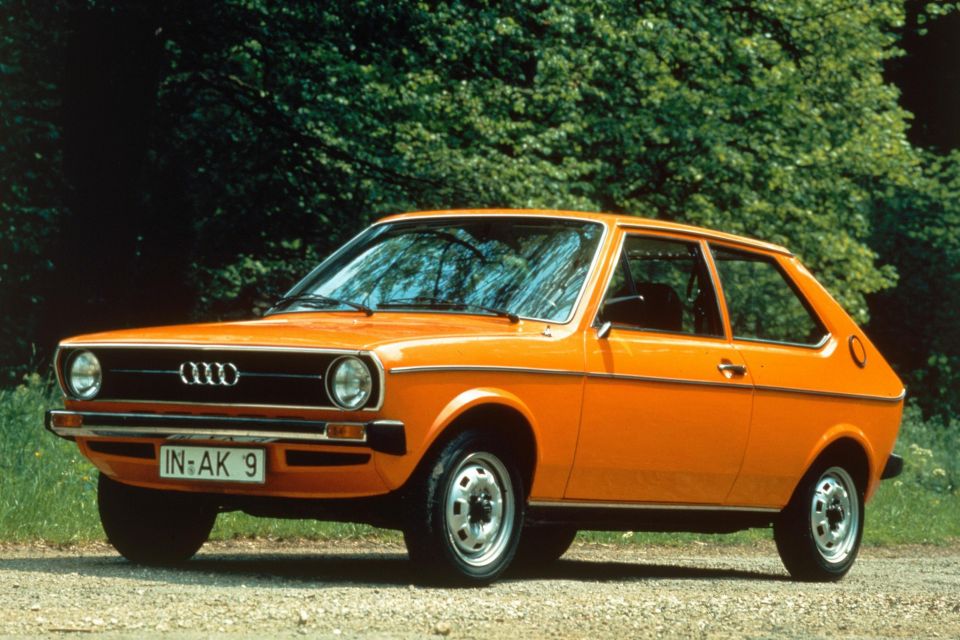
By the time he left Bertone in 1979 his list of credits was long and distinguished. Other highlights include the 1968 Lamborghini Espada, 1970 Alfa Romeo Montreal, and 1972 Lamborghini Urraco.
As a freelancer Gandini penned the second-generation Renault 5, launched in 1984, and the prototype that led to the 1991 Bugatti EB110.
He also worked with Alejandro de Tomaso’s Maserati, coming up with the sharp, boxy shape which defined the brand’s vehicles through the 1990s, starting with the facelifted Biturbo in 1987 and 1991, and continuing through the 1990 Shamal, 1992 Ghibli, and 1994 Quattroporte.
Innovations made by Gandini during this period include the completely flat cab floor in the 1990 Renault Magnum truck, and indicator lights built into the wing mirrors of the 1990 Maserati Chubasco supercar concept.
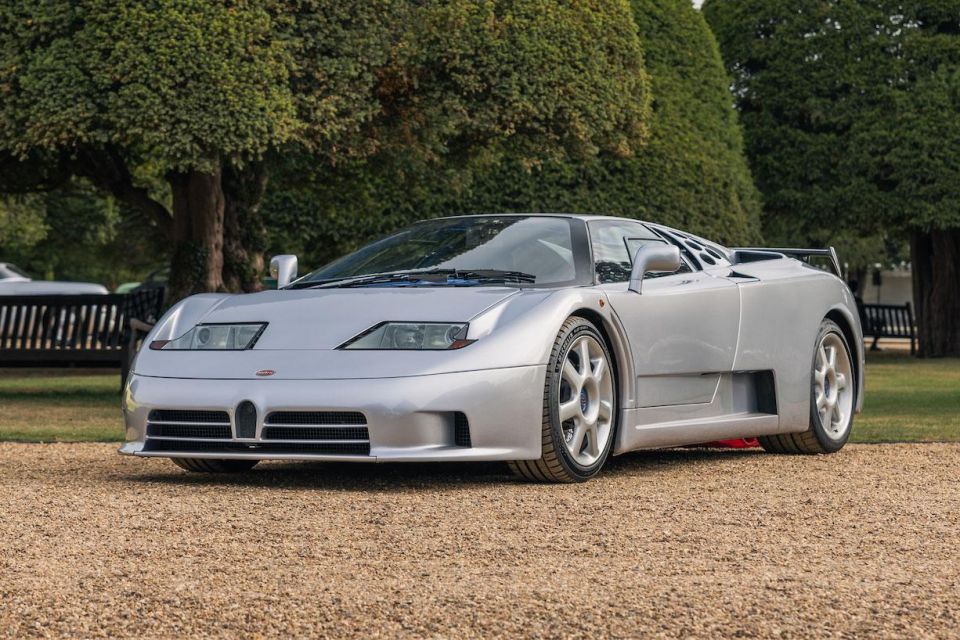
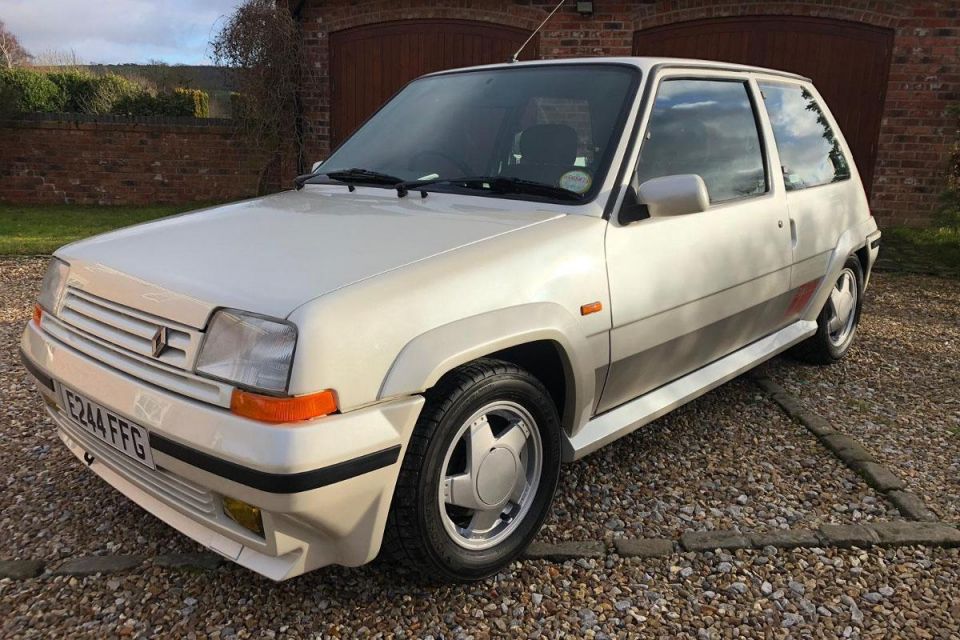
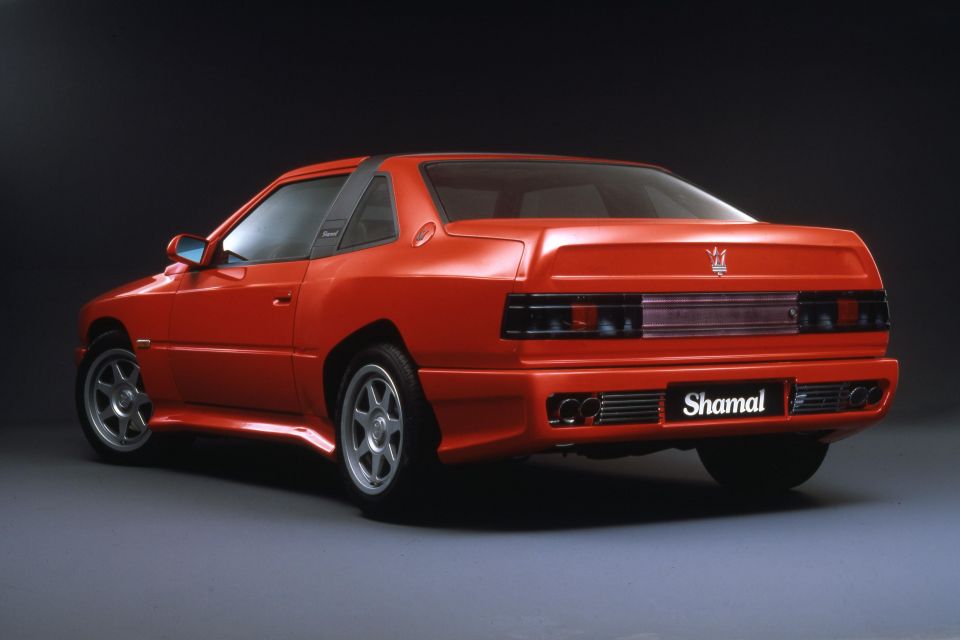
Karim Habib, Kia’s chief designer, told Car Design News the “original Countach concept was my ‘poster car’ in childhood”, while Lars van den Acker, head of design at Renault, called Gandini his “boyhood hero” and that his supercars were what “inspired me to find my way into this profession”.
Flavio Manzoni, head of design at Ferrari since 2010, went one further, telling the trade publication, “Gandini is probably the greatest car designer ever”.
Derek Fung would love to tell you about his multiple degrees, but he's too busy writing up some news right now. In his spare time Derek loves chasing automotive rabbits down the hole. Based in New York, New York, Derek loves to travel and is very much a window not an aisle person.


Max Davies
7 Hours Ago


William Stopford
7 Hours Ago


Derek Fung
7 Hours Ago


Max Davies
15 Hours Ago


William Stopford
1 Day Ago


Ben Zachariah
1 Day Ago